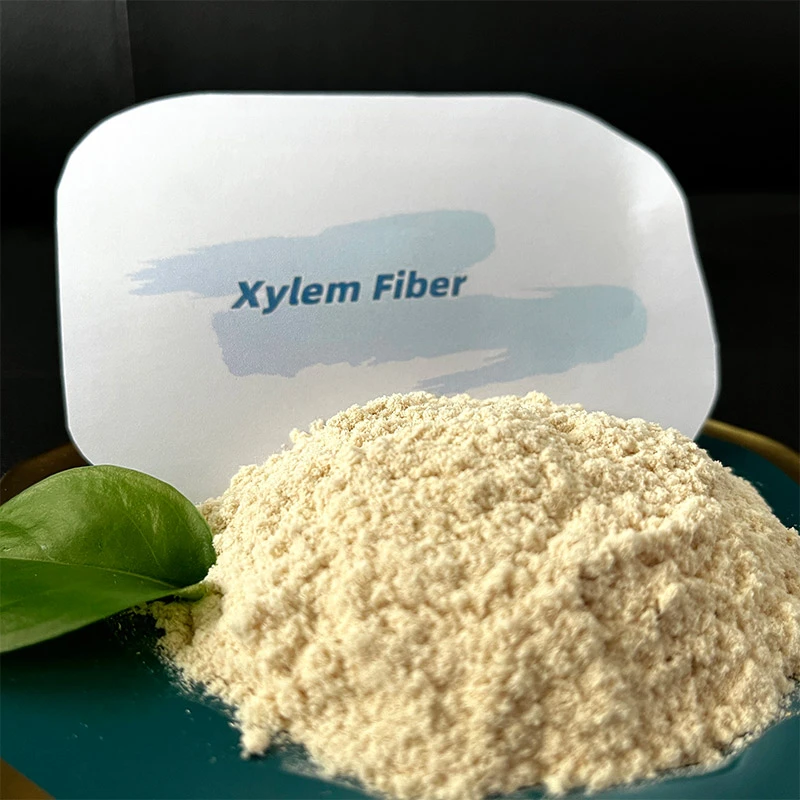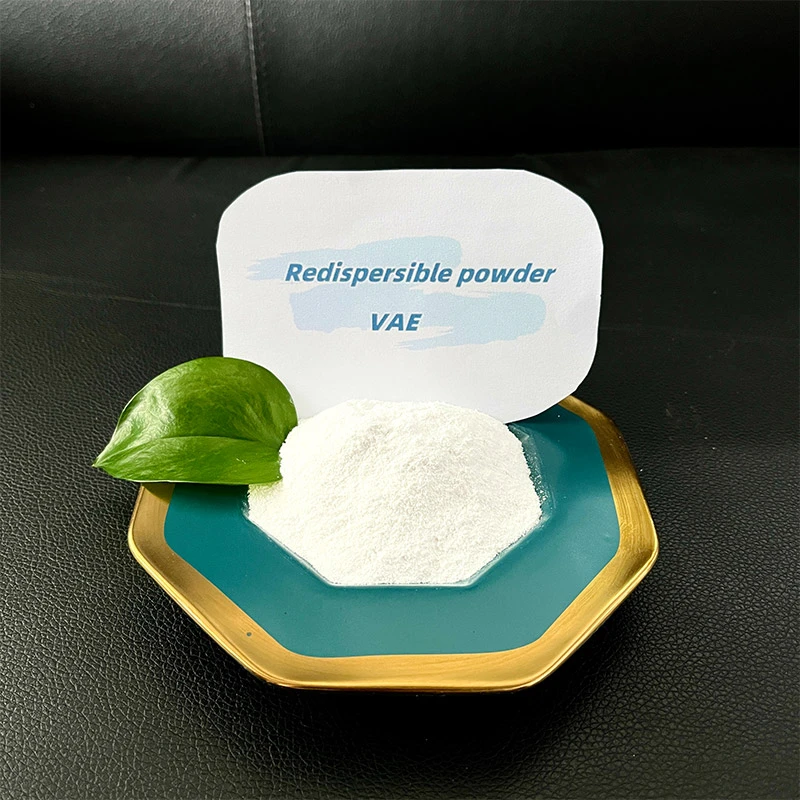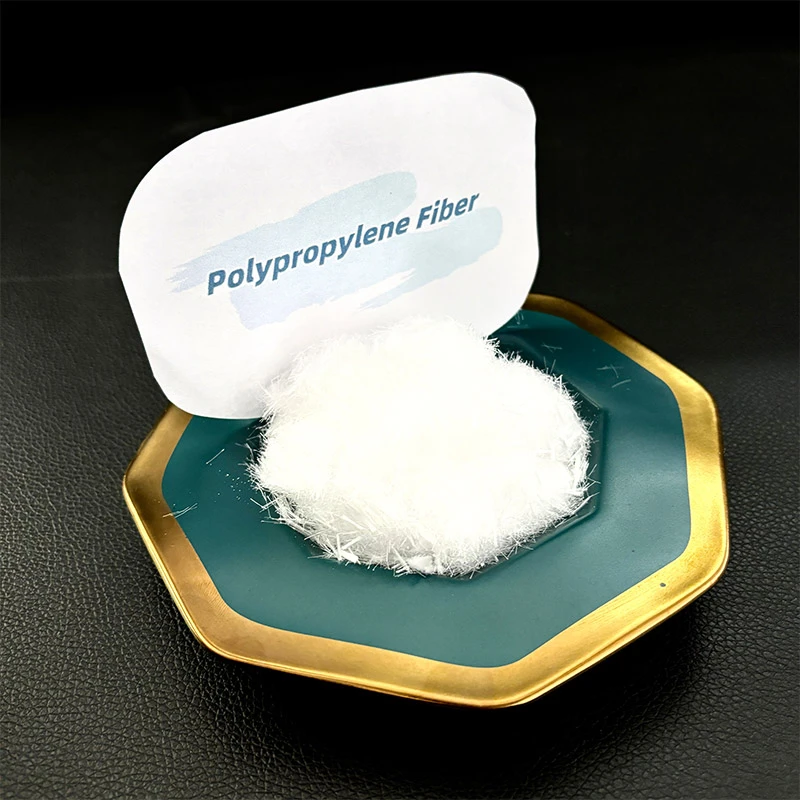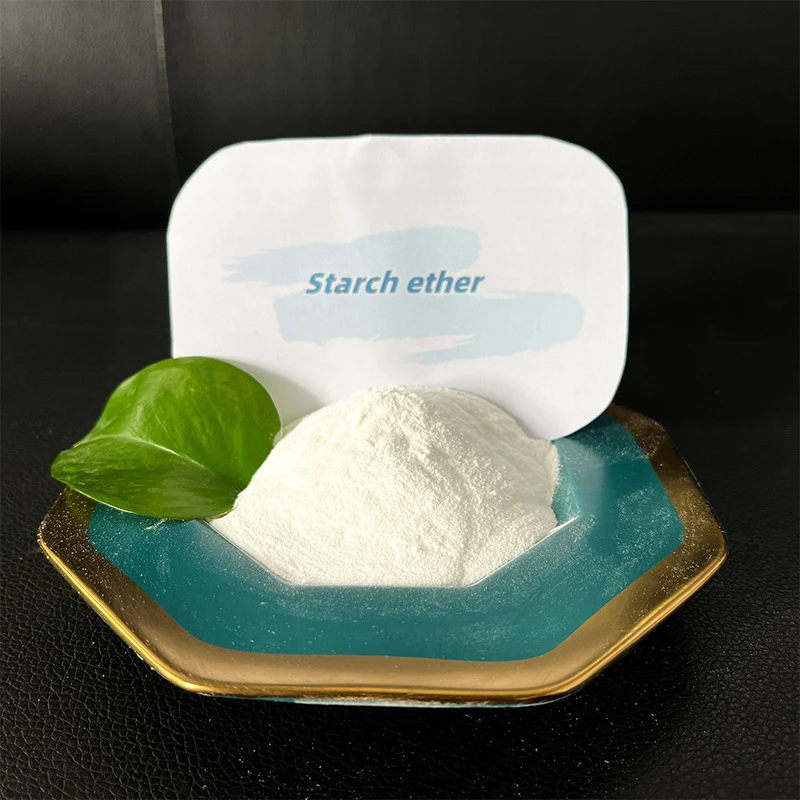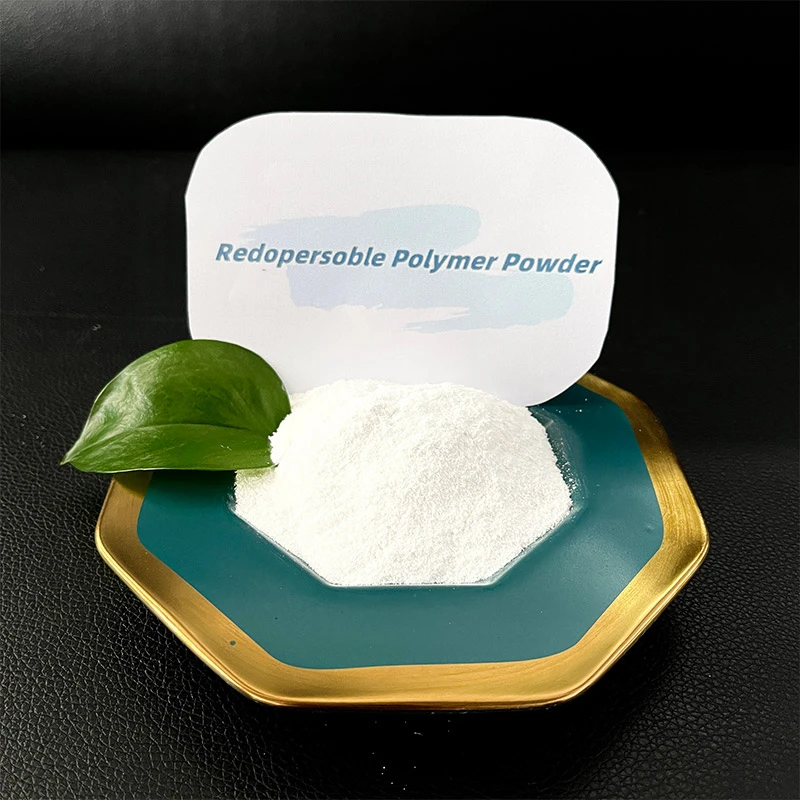
-

Add: HeBei ShengShi HongBang Cellulose Technology CO.,LTD.
-

Email
13180486930@163.com -

CONTACT US
+86 13180486930

Best Methyl Hydroxyethyl Cellulose Price - High Quality HEMC for Construction & Paint Industry
- Comprehensive overview of methyl hydroxyethyl cellulose price
trends and influencing factors - Technical advantages of hydroxyethyl methyl cellulose (HEMC)
- In-depth vendor comparison for methyl hydroxyethyl cellulose
- Customized solutions and sourcing strategies
- Case studies: Applications in construction, paint, and pharmaceutical industries
- Market statistics and global regional price analysis
- Conclusion and outlook: Methyl hydroxyethyl cellulose price future perspectives
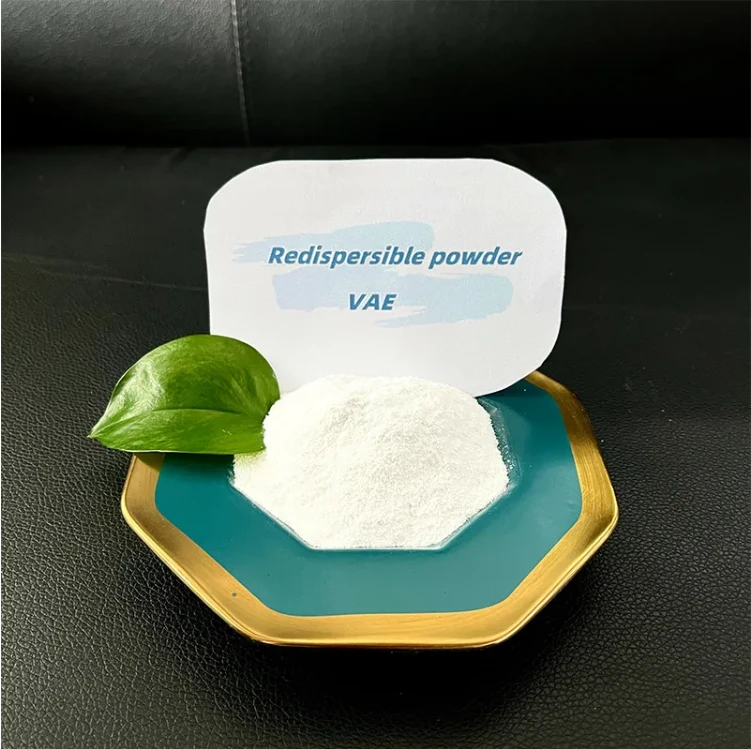
(methyl hydroxyethyl cellulose price)
Introduction to Methyl Hydroxyethyl Cellulose Price Fluctuations and Key Influencers
The global market for methyl hydroxyethyl cellulose price is dynamic, characterized by fluctuations driven by various economic, technological, and supply-chain factors. Over the past five years, the average market price ranged from $2,800 to $3,500 per metric ton, exhibiting an increase of approximately 9% in the past 24 months. Core elements influencing prices include raw material costs (notably pure cellulose pulp and methyl/ethylating reagents), production scalability, and evolving end-user demand in construction, pharmaceutical, and food sectors. Regulatory pressures and sustainability requirements have also contributed to price volatility, owing to fluctuations in eco-certification and production standards worldwide. For instance, in 2023, the Asia-Pacific region displayed the sharpest price rises with an annual growth of almost 11%, primarily due to increased infrastructural investments and currency fluctuations, while prices in Europe showed moderate increments at around 7% in the same period.
Technical Advantages of Hydroxyethyl Methyl Cellulose (HEMC) in Industrial Applications
Hydroxyethyl methyl cellulose (HEMC) distinguishes itself in the cellulose ether family through its superior rheological properties, salt tolerance, and enhanced dispersibility in both aqueous and organic systems. Technically, HEMC showcases water retention values exceeding 92% (at 1% solution concentration), as compared to other substitution cellulose ethers averaging 85–89%. Its viscosity profile fluctuates between 4,000–75,000 mPa.s (Brookfield, 20°C), allowing formula flexibility across a wide range of industry applications. Furthermore, HEMC’s resistance to microbial degradation and stable performance under both acidic and alkaline pH (3–11) conditions directly impact its widespread use in high-performance mortars, water-based paints, and controlled-release pharmaceutical matrices. The increased substitution accuracy in modern HEMC production results in less batch variability, which translates into more consistent finished product quality and application performance.
Manufacturer Comparison Table: Key Performance, Price, and Supply Metrics
When comparing global methyl hydroxyethyl cellulose manufacturers, important factors to consider include product purity, certification and compliance, average lead time, minimum order quantity (MOQ), and pricing transparency. The table below provides a snapshot comparison of four prominent manufacturers to aid procurement decision-making:
| Supplier | Product Purity (%) | MOQ (KG) | Lead Time (Days) | Certifications | Average Price (USD/MT) | Supply Capacity (MT/year) |
|---|---|---|---|---|---|---|
| Dow Chemicals | 98.5 | 500 | 30 | ISO 9001, REACH, FDA | 3,450 | 9,000 |
| Ashland Global | 99.0 | 250 | 28 | ISO 14001, Kosher | 3,600 | 6,500 |
| Kemira Oyj | 97.8 | 1,000 | 35 | ISO 9001, Halal | 3,200 | 7,800 |
| LOTTE Fine Chemical | 98.1 | 650 | 27 | ISO 9001, REACH | 3,520 | 8,100 |
This comparative data highlights variations in product positioning and supply reliability. Premium certifications, shorter lead times, and higher purity often command slightly higher methyl hydroxyethyl cellulose price points, delivering added value for highly regulated sectors.
Customized Sourcing Solutions: Tailoring Procurement to End-user Needs
In light of growing diversity in application requirements, customized sourcing solutions have become central to optimizing costs and achieving superior performance outcomes. Distributors now frequently offer product customization across viscosity grades (e.g., 4,000–100,000 mPa.s), tailored packaging (bulk bags, 25kg valve sacks), specific moisture content levels, and color adjustment to meet R&D guidelines or regulatory compliance. For direct purchasing, strategic negotiations on presyo ng methyl hydroxyethyl cellulose with manufacturers covering contractual price locking (3–12 months) can directly mitigate volatility caused by global supply chain disruptions. In addition, advanced digital platforms allow for streamlined documentation validation, real-time shipment tracking, and batch test certification transfers, key for clients with just-in-time inventory models. These features markedly reduce administrative burden, accelerate delivery, and ensure every shipment meets specification benchmarks.
Application Case Studies: Construction, Paint, and Pharmaceutical Industry Benchmarks
Real-world success stories underline the practical benefits achieved through effective selection and utilization of hydroxyethyl methyl cellulose. In the construction chemicals sector, a leading tile adhesive manufacturer implemented HEMC sourced from Ashland Global, improving rheology and extended open time, resulting in a 14% reduction in product complaints and project reworks. In the paint industry, Dow Chemicals’ HEMC grades optimized gloss and viscosity in water-based emulsions for a European paint producer, which directly resulted in 9% higher customer satisfaction scores over two fiscal years.
In pharmaceuticals, controlled-release tablet coatings formulated with HEMC from LOTTE Fine Chemical achieved benchmark dissolution times while simultaneously enabling 11% lower polymer loading, which cut costs without compromising product efficacy. These cases demonstrate that precision in raw material selection, coupled with technical support from suppliers, can deliver a marked improvement in both operational efficiency and end-product performance. Furthermore, the documented success in each sector underscores the strategic significance of negotiating the right hydroxyethyl methyl cellulose hemc specification for each application type.
Market Statistics and Regional Price Disparities
The global methyl hydroxyethyl cellulose market is currently estimated at $2.3 billion (2023), forecasted to expand at a CAGR of 6.2% until 2030. Regional analysis shows the Asia-Pacific segment holds more than 42% of the total market share, led by China, South Korea, and India—markets where the methyl hydroxyethyl cellulose price can diverge by as much as 17% between provinces based on local feedstock availability and energy costs. Europe follows with its stable demand base in construction and pharmaceuticals, though pricing in the EU typically remains 8–10% higher due to stringent REACH compliance costs. In the Americas, the market is characterized by fewer but larger scale consumers, notably in industrial coatings and food additives, which encourages batch purchasing and sustained contract pricing. The table below illustrates regional average price benchmarks from the last fiscal year:
| Region | 2022 Avg. Price (USD/MT) | 2023 Avg. Price (USD/MT) | YoY Price Change (%) |
|---|---|---|---|
| Asia-Pacific | 3,050 | 3,400 | 11.5 |
| Europe | 3,250 | 3,480 | 7.1 |
| Americas | 3,100 | 3,375 | 8.9 |
These disparities highlight the need for regionally tailored sourcing decisions, factoring in shipping costs, tariff structures, and local supplier relationships.
Conclusion and Outlook: Methyl Hydroxyethyl Cellulose Price Trends and Opportunities
In summary, the methyl hydroxyethyl cellulose price landscape is evolving in response to technological progress, regulatory dynamics, and the shifting priorities of end-use industries. As manufacturing technologies advance—delivering higher purity and more consistent product through closed-loop control and integrated quality monitoring—the relative cost-benefit of HEMC further increases. Leading manufacturers set themselves apart not just on presyo ng methyl hydroxyethyl cellulose, but also on their ability to deliver consistent specification, rapid logistics, and technical partnership. Looking ahead, opportunities abound for stakeholders to optimize procurement with customized, data-driven strategies, thereby capitalizing on price movements and consolidating long-term sourcing security. In an environment where supply chain agility and application-specific performance are paramount, informed decision-making remains the cornerstone of sustainable competitiveness for all users of hydroxyethyl methyl cellulose.
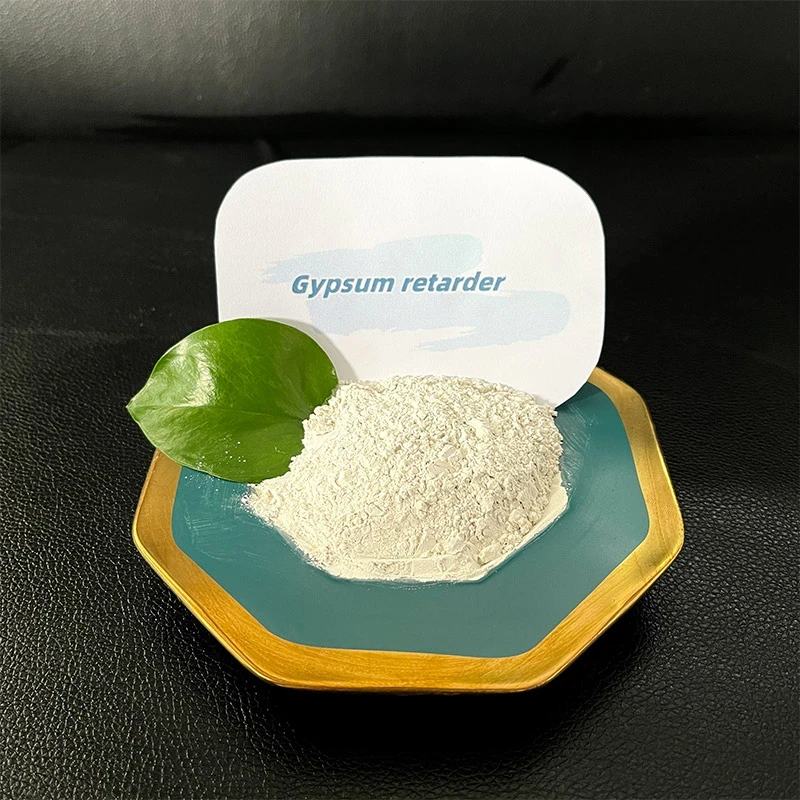
(methyl hydroxyethyl cellulose price)
FAQS on methyl hydroxyethyl cellulose price
Q: What is the current methyl hydroxyethyl cellulose price per kilogram?
A: The current price of methyl hydroxyethyl cellulose per kilogram varies depending on supplier and quality. Typically, it ranges from $2 to $5 USD/kg. For the latest pricing, it's best to contact chemical suppliers directly.Q: How does the hydroxyethyl methyl cellulose (HEMC) price compare to other cellulose ethers?
A: Hydroxyethyl methyl cellulose (HEMC) usually costs slightly more than regular methyl cellulose due to additional processing. The price difference is typically $1–$3 USD/kg. Price depends on application grade and order quantity.Q: What factors affect the presyo ng methyl hydroxyethyl cellulose?
A: Factors affecting the presyo ng methyl hydroxyethyl cellulose include raw material costs, demand, and production capacity. Transportation and import taxes may also have an impact. Market fluctuations can cause prices to change frequently.Q: Where can I find reliable hydroxyethyl methyl cellulose HEMC suppliers and price lists?
A: Reliable suppliers and price lists for hydroxyethyl methyl cellulose (HEMC) can be found on B2B platforms such as Alibaba or Made-in-China. You may also search directly via manufacturer websites. Always compare prices and request quotations for bulk orders.Q: Is there a difference in price between industrial and pharmaceutical grade methyl hydroxyethyl cellulose?
A: Yes, pharmaceutical grade methyl hydroxyethyl cellulose is usually more expensive than industrial grade. The price can be 20–50% higher due to stricter quality requirements. Confirm the grade you need before purchasing.-
Rubber Powder Durability in ConstructionNewsJun.26,2025
-
Properties of Starch EtherNewsJun.26,2025
-
Insulation Material Polypropylene FiberNewsJun.26,2025
-
How to Utilize Hydroxymethyl Cellulose EffectivelyNewsJun.26,2025
-
Eco-Friendly Redispersible Polymer PowderNewsJun.26,2025
-
Benefits of Plaster RetardersNewsJun.26,2025
-
Why HPMC for Sale Is EssentialNewsJun.05,2025







